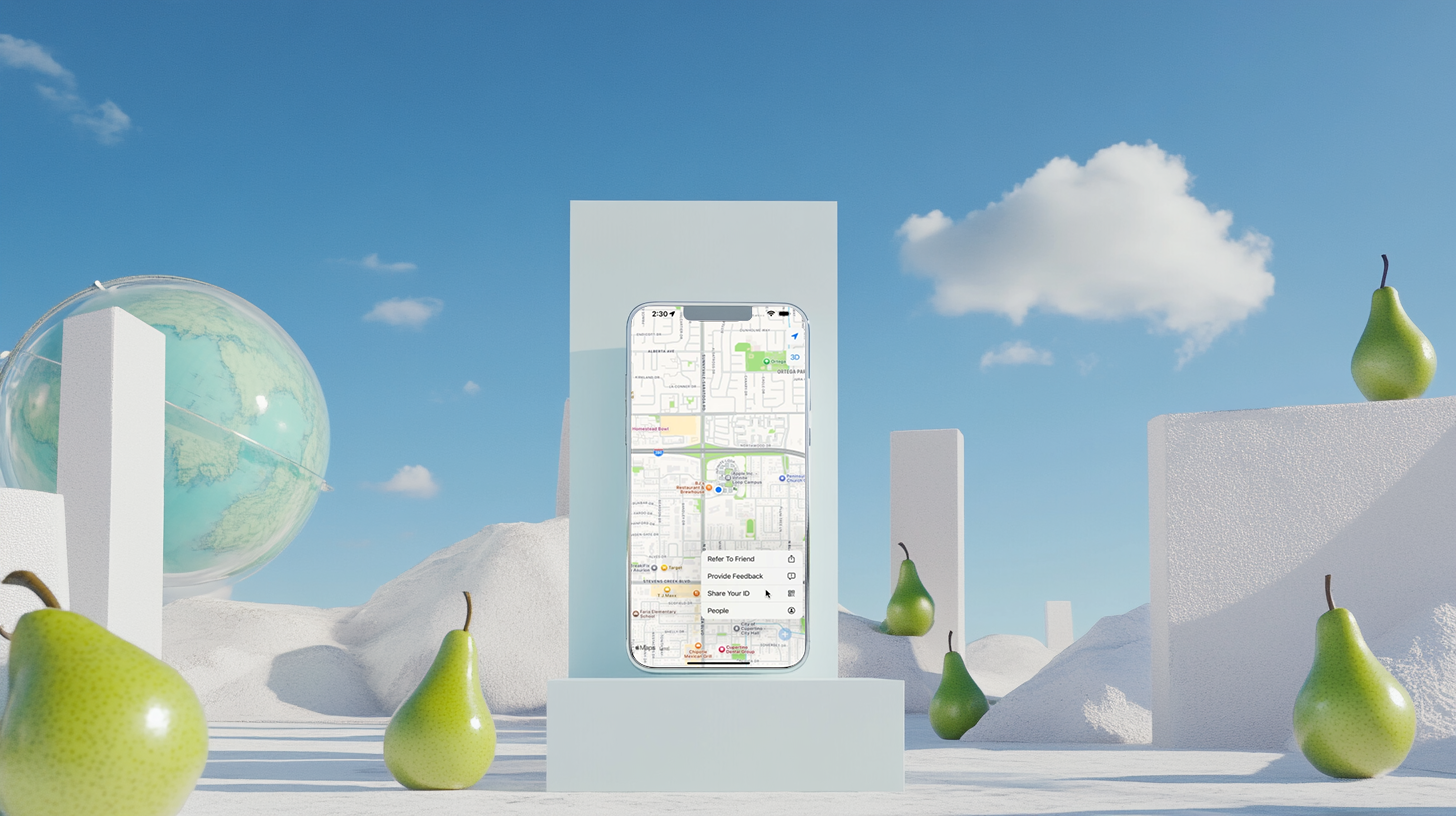Instead of routing sensitive location data through corporate-owned infrastructure, WhereFam connects devices directly. This architecture ensures that information stays between you and the people you’ve chosen—friends, family, or colleagues—with no third-party access. Unlike traditional location-sharing services, WhereFam doesn’t impose arbitrary time limits or user caps. Whether you want to share your location for ten minutes or ten days, with one person or a hundred, it’s entirely up to you.
We spoke with the app’s creator JJ—to learn more about the inspiration behind WhereFam, why P2P was essential, and his experience building it with Pear Runtime.
Introduce yourself and tell us about your project. What problem does it solve?
I go by JJ, but my name is Anish. I’ve been working on a location-sharing app that’s fully peer-to-peer. It allows real-time, direct communication between devices, with no central servers or intermediaries. You just add someone’s ID and start sharing location data, instantly.
Apps like WhatsApp or Google Maps let you share your location, but they come with limitations—short time windows, restrictions on how many people you can share with, and they all run on centralized infrastructure. With P2P, there’s no server in the middle, and no one has access to your data except the people you’ve chosen. That was a huge motivation for me.
Why did you choose to build this as a peer-to-peer app? What makes P2P essential for your idea?
It really came down to three things: privacy, scalability, and cost.
First, I don’t want to be responsible for anyone else’s data. I don’t want to store it, see it, or worry about protecting it. P2P lets me build something that respects people’s privacy by design.
Second, scalability. When you start with web sockets and a client-server model, it feels easy at first. But as your user base grows, it quickly becomes a nightmare—managing server load, cloud costs, and infrastructure scaling. P2P shifts that burden to the edge from day one, so you’re not playing catch-up later.
And lastly, there’s the environmental impact. People don’t always think about how much power cloud servers consume. But when you decentralize and distribute the workload to people’s own devices, you dramatically reduce that footprint.
How was your experience working with Pear Runtime? Did anything surprise you about it?
Honestly, Pear Runtime isn’t difficult to work with. I was already familiar with Bare Runtime, and they share the same philosophy. It felt like working with Node.js—if you understand JavaScript, you’ll feel at home.
What did surprise me was how well the JavaScript runtime embeds into a native app. That’s always been a challenge, especially on mobile, where you can’t just drop Node.js into an Android or iOS app. But Bare and Pear made that possible. There’s still room to improve communication between the native layer and the runtime, but the foundation is there—and it works.
What advice would you give to developers who want to build P2P apps using Pear Runtime?
First, be clear about why you’re going peer-to-peer. If you don’t have a strong reason, you’ll hit roadblocks and give up. But if you do, Pear Runtime gives you the tools to build something truly scalable.
Second, think long-term. With P2P, you’re doing the hard work upfront—figuring out how devices connect, how data flows—but once it’s working, you’re free from cloud costs and server headaches. It’s a long-term investment in freedom and flexibility.
Where do you see the future of decentralized applications heading—and how does WhereFam fit in?
Decentralization is inevitable. The momentum is building, and once a major P2P product breaks through, people will realize what they’ve been missing. It’ll be like turning on a light.
For me, WhereFam is about solving a real problem in people’s lives—helping families and communities share location data without compromising privacy. I originally built it using a traditional server model, but I couldn’t ignore the privacy concerns. Now, with P2P, people can track what matters most—whether it’s a child’s school commute, a friend traveling solo, or even a pet—with total confidence that the data stays between them.
That’s what excites me about this space: building tools that are not just more efficient—but more respectful.









